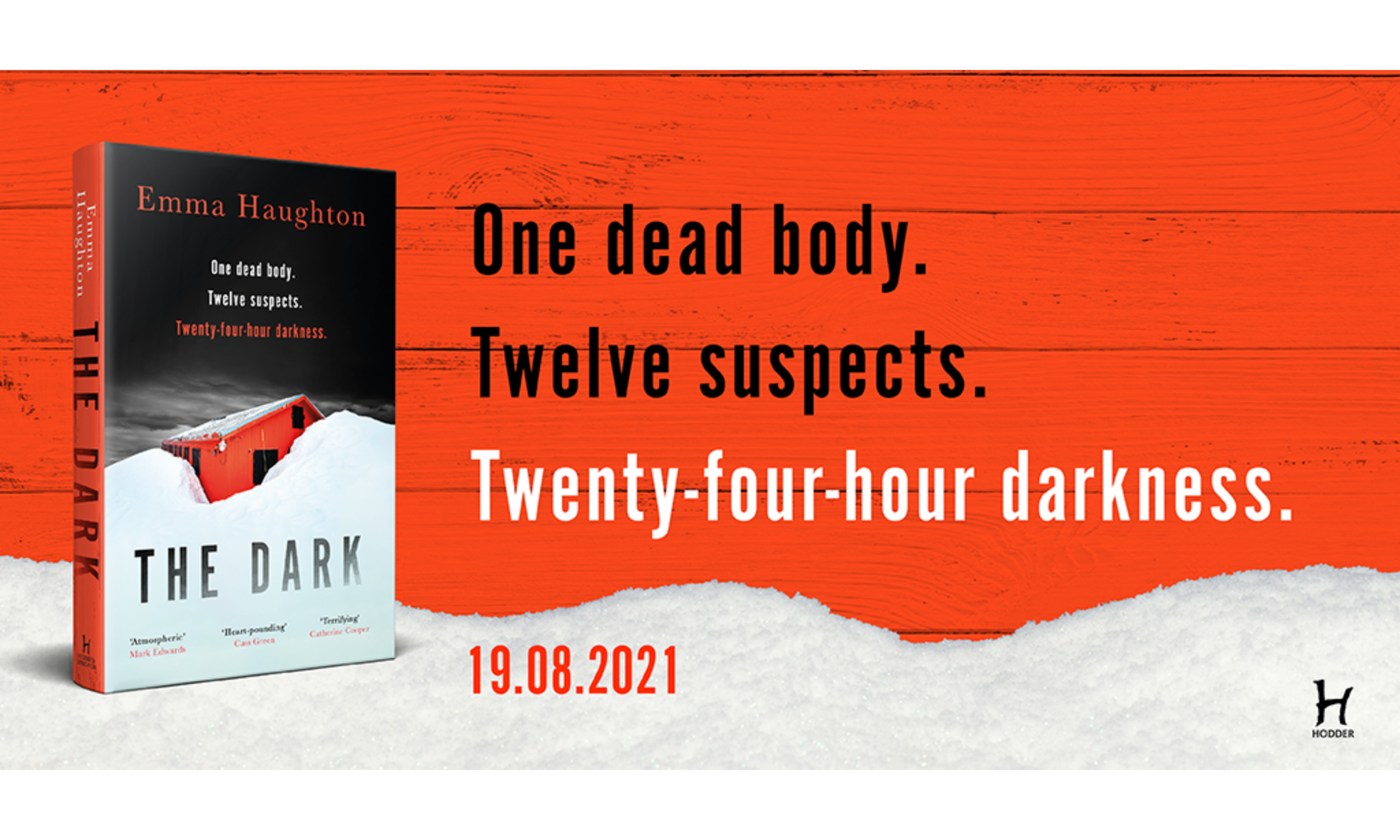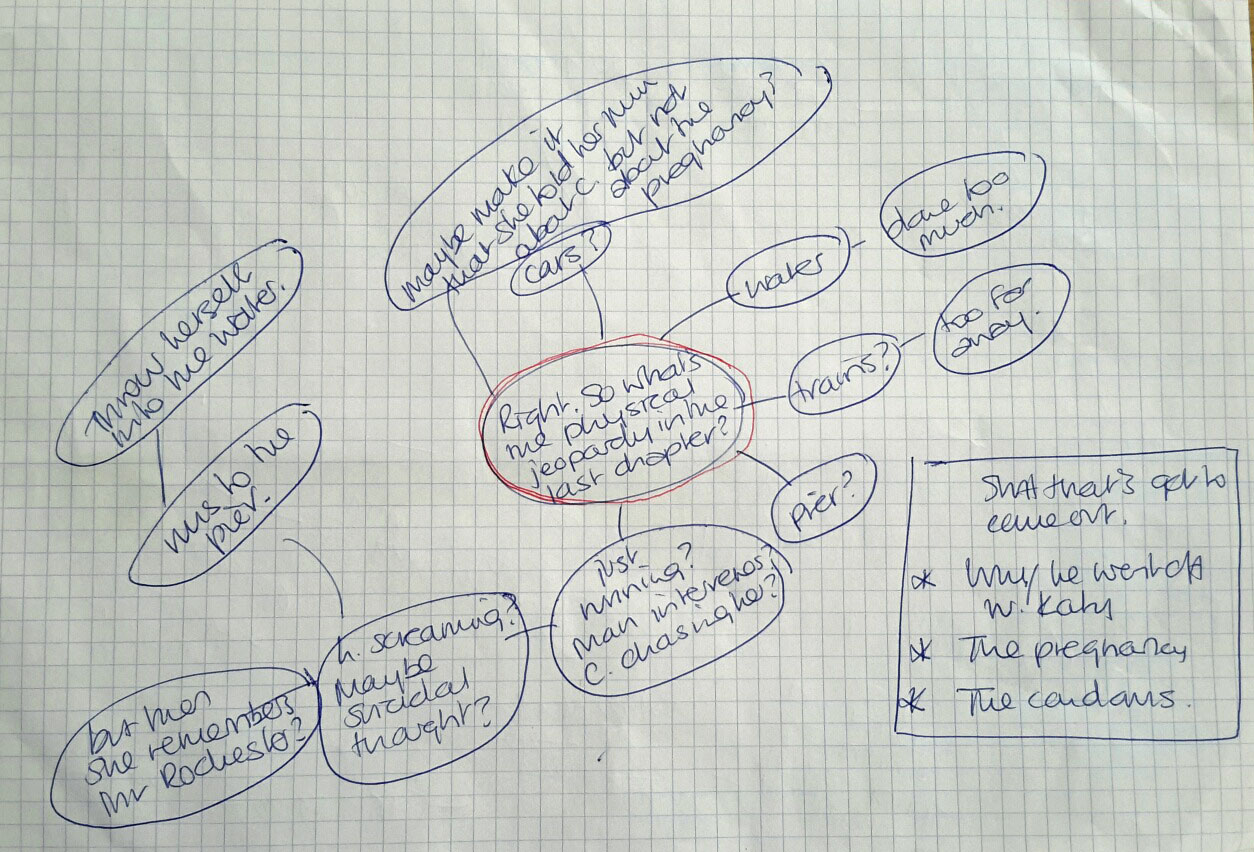It’s that time of year again. No, not the end of summer or even going back to school – thankfully that’s something I no longer have to worry about – but the time when I’m faced with planning what I’m going to write next.
Some authors love this stage, and are blessed with a huge vat of ideas just bubbling away, waiting to be written. Lucky them. Usually I have only the vaguest idea of what I’m going to do next, and even when I have something clear in mind, I find the process of building it into a full length novel a bit of a slog.
At the start of my writing life, I began as many do – typing Chapter One at the beginning of a Word document and flinging words at the page. Over the years, however, I’ve become a somewhat unwilling convert to a more organised approach. Mainly because thrillers rely on plenty of twists and surprises, and building those in as you go can be pretty tricky. I’ve learned the hard way that it’s easier to change things in an outline than when you already have 50,000 words in that novel file. So now I’m committed to planning a story in some depth before I even open up that Word document. (Actually, I always start in Scrivener, but let’s save that for another day.)
That said, front-loading your plotting is never easy. While writing produces a natural momentum – you’re in the character’s head and you’re galloping through the story – planning feels colder, more clinical. Rather than being there, in the heat of the moment, you’re drawing right back and looking at the overall arc of the story. It’s a bit like having a collection of bones and trying to form them into a skeleton, all the while forcing yourself to imagine what it will look like when it’s covered with flesh and muscle and a snappy set of clothes. But it’s nevertheless worth doing: get the bones in the right places, and your job is going to be a whole lot less messy further down the line.
So how do I outline? Through a process of trial and error I’ve come to rely on four main tools that help me tackle story structure.
Character prompts
These are basically just a list of questions to help you get to know your characters as fast as possible. I’m a fan of character prompts, though I’ve seen some lists that take this to quite a ridiculous level of detail. I’m not interested in each character’s favourite colour or their preferred brand of knickers, so I’ve developed a pared-down set of prompts: name, age, occupation (if relevant); where they live; their family and friends; significant others; defining characteristics or interests. At the top I include a quick overview of the storyline from their point of view, then I consider things like what they most want in life, what they most need, what they believe in, what they fear, their biggest mistake or deepest regret, as well as what they are most proud of. I’ll identify their strengths and weaknesses, and I also think about how they will change over the course of the story ie. what, if anything, they will learn.
I’m not religious about any of this. Some questions will be more important for some characters, some I don’t bother even to fill in if it doesn’t seem relevant. But just having this a checklist not only helps me to know my characters better, but it always throws up something useful in plot terms, something that will deepen the story or give it more drive.
Story prompts
As well as for characters, I use questions and prompts in another way – to think specifically about the story and its intended effect on the reader. These make me consider things like why I want to write this particular idea; who will tell the story and why; what initial hooks will draw the reader in from the first chapters; what is at stake for the main character; how I can introduce more subplots or complication; how plot twists will relate to the narrator and her dilemmas, and how she will have to change to overcome this particular crisis in her life. And finally, I always think about what I want the reader to feel as they close the final page of the book.
Mind maps
Prompts will only get you so far. When you get into the real nitty-gritty of planning – and writing and editing – you’re going to fall into all sorts of plot holes and you need some good tools up your sleeve to dig yourself out. Mind-mapping is my favourite, and I use it not just in the initial stages, but through the process of writing and editing the book. Whenever I get stuck or realise I need to know more (invariably the cause of getting stuck) I define the central issue – usually as a question – stick it in the middle of a large piece of paper, then start radiating out with everything my mind tosses up.
Here’s one I did for my latest novel, Cruel Heart Broken. There were dozens, but I think I’ve thrown most of them away. (Spoiler alert! Probably best not to scrutinise this too closely if you’re planning to read the novel.)
The trick is not to censor yourself, but stick down everything that occurs to you – what seems like a stupid idea may lead to something more useful. When I’ve exhausted everything I can think of, I take a look at what I’ve got – 99 times out of 100 there’s an answer in there somewhere. Mind-mapping has never let me down yet – it forces the brain to come up with lots of different possibilities, and to make connections between all the different elements of your story.
Journalling
Sometimes a problem is too large or nebulous for mind maps, such as uncertainty that I’ve chosen the right story, or whether, as I start writing, I feel it’s heading in the right direction. When this happens I open a word document and type out how I’m feeling and what is bothering me, and then… I just keep on typing. I let all my concerns, fears, anxieties unravel onto the page. Somehow this always helps me to come up with a solution, even if it’s simply to reassure myself that my fears are overblown and I need to stick to my guns.
So that’s it really. The four tools that get me from Chapter 1 to The End. I use them in any order I feel like, often circling round and round. For instance, a character prompt might throw up a problem, or an idea, and then I’ll explore it further using a mind map, which will then reveal something else about the character, and so on. There’s no rules, and every novel is different – what worked for the one before might not work for the next. The trick is to have faith that you’ll find a solution, until suddenly – voila! – you have a fully-fledged outline of your next novel.
I should say briefly that some people take outlining to a whole new level, including planning each scene and chapter. I don’t bother. I just need to know roughly what is going to happen when, and why, and I’m good to go. But more on that later…



